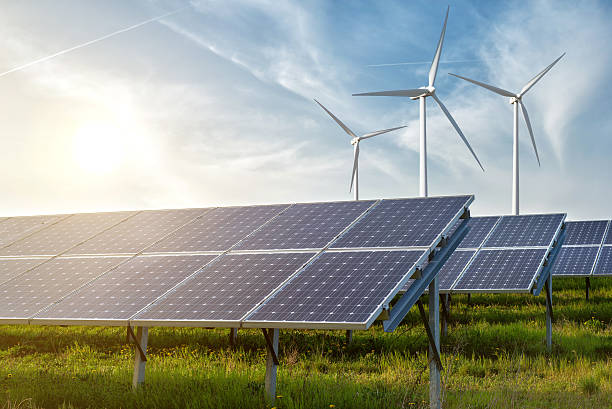
FAQ About Clean Energy
Clean Energy
2 years ago | gizem
What is the role of clean energy in combating climate change?
Clean energy plays a central and critical role in combating climate change. As the world faces the challenges of global warming and its associated impacts, transitioning to clean energy is a fundamental solution to reduce greenhouse gas emissions and limit the rise in global temperatures. Here are the key roles of clean energy in addressing climate change:
- Greenhouse Gas Emission Reduction: Clean energy sources, such as solar, wind, hydro, geothermal, and nuclear power, produce little to no greenhouse gas emissions during electricity generation. By replacing fossil fuel-based power plants with clean energy technologies, we can significantly reduce the amount of carbon dioxide (CO2) and other greenhouse gases released into the atmosphere.
- Low-Carbon Transportation: Clean energy supports the electrification of transportation, particularly with the adoption of electric vehicles (EVs). Shifting from internal combustion engine vehicles to EVs reduces emissions from the transportation sector, a significant contributor to greenhouse gas emissions.
- Energy Efficiency: Clean energy technologies often promote energy efficiency, reducing overall energy consumption and the associated greenhouse gas emissions. Efficient buildings, appliances, and industrial processes contribute to lowering the carbon footprint.
- Climate Resilience: Transitioning to clean energy enhances climate resilience by mitigating the impacts of climate change. It reduces the likelihood of extreme weather events, sea-level rise, and disruptions to ecosystems, making communities more resilient to climate-related challenges.
- Phasing Out Fossil Fuels: Clean energy adoption contributes to the gradual phasing out of fossil fuels. This is crucial to achieving long-term climate goals and limiting global temperature rise to well below 2 degrees Celsius above pre-industrial levels, as outlined in the Paris Agreement.
- Carbon Capture and Storage (CCS): Some clean energy technologies, such as bioenergy and hydrogen production, can be combined with carbon capture and storage (CCS) techniques. CCS captures CO2 emissions from power plants or industrial facilities and stores them underground, preventing their release into the atmosphere.
- Forest and Land Management: Clean energy encourages sustainable land use practices, such as preserving forests and reforestation efforts. Forests act as carbon sinks, absorbing CO2 from the atmosphere, and their preservation is essential for climate change mitigation.
- Global Leadership and Cooperation: The transition to clean energy requires global cooperation and collective action. Countries that lead in clean energy adoption set examples for others and contribute to building a low-carbon global economy.
- Social and Environmental Co-benefits: Clean energy projects often bring co-benefits, such as improved air quality, reduced health impacts from air pollution, and increased access to electricity in remote or underserved areas. These co-benefits contribute to a more sustainable and equitable society.
- Long-Term Sustainable Development: Clean energy aligns with the principles of sustainable development, providing a reliable and sustainable energy supply for current and future generations without depleting finite resources or compromising the planet's health.
